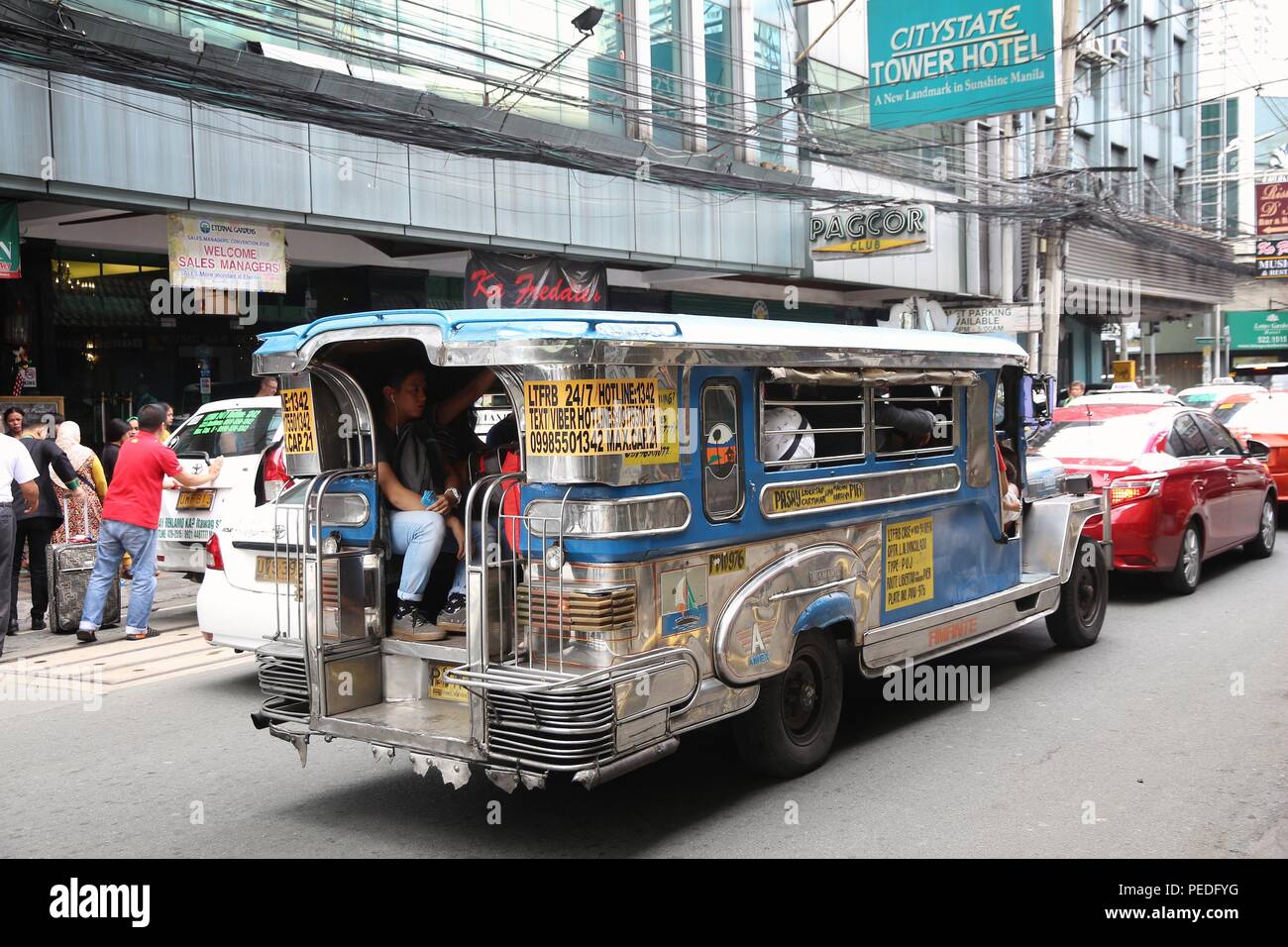Maximize Exposure with Transit Advertising Philippines
Wiki Article
Understanding the Function of Transit Marketing in Enhancing Brand Name Visibility and Consumer Involvement
Transit marketing has arised as a critical component in the marketing landscape, providing one-of-a-kind opportunities for brands to raise their presence and engage consumers efficiently. With the capacity to get to a diverse and captive target market throughout their daily commutes, these marketing methods are not just about visibility; they have to do with developing purposeful links with potential clients. As we check out the diverse advantages and innovative methods within transit advertising and marketing, it ends up being important to think about just how these components collectively influence consumer perception and habits, raising questions regarding their long-term effect on brand commitment.Definition of Transportation Advertising
Transportation advertising refers to the technique of advertising products, services, or brand names via ads placed around public transport systems. This type of marketing encompasses a selection of positionings, including posters on trains and buses, electronic screens at transportation terminals, and wraps on the outside of lorries. It aims to reach a varied audience, profiting from the high foot traffic related to public transportation.Transit advertising and marketing is tactically positioned to record the interest of commuters, that usually invest significant time waiting or traveling. By incorporating ads into the daily regimens of people, brands can produce a long lasting impact and foster brand acknowledgment. The medium is especially effective in metropolitan environments, where mass transit is a key mode of traveling.
Additionally, transit advertising and marketing can help with local targeting, allowing services to get to specific demographics based upon transportation routes and station areas. As urban populations expand and using public transport rises, this advertising technique has actually gained importance as an essential component of incorporated advertising and marketing strategies. The dynamic nature of transportation advertising, integrated with its capacity to involve consumers in a restricted atmosphere, emphasizes its relevance in modern marketing techniques.
Advantages of Transit Advertising And Marketing
The performance of transportation marketing hinges on its capability to supply a plethora of benefits to brand names seeking to boost presence and involvement. Among the main advantages is the comprehensive reach it supplies; transportation advertisements can effectively target varied demographics across metropolitan areas, getting to both pedestrians and commuters alike. This broad direct exposure dramatically improves brand awareness.Another benefit is the high frequency of impacts. As transportation automobiles follow established routes and quit at multiple areas, they develop recurring exposure that enhances brand name messages. This frequency fosters knowledge, which is critical in customer decision-making.
Transportation marketing is also economical contrasted to various other media platforms. Provided its extensive reach and potential for high perceptions, brand names frequently experience a lower cost per thousand impressions (CPM), optimizing their advertising and marketing spending plan.
Furthermore, transportation ads can create a sense of community link. By straightening with neighborhood transit systems, brands can resonate with local audiences and promote a feeling of neighborhood pride. This local method improves brand name loyalty and involvement, making transportation marketing a compelling option for companies intending to strengthen their existence in the market.

Efficient Approaches for Transit Projects
To make the most of the effect of transit projects, brand names ought to take advantage of calculated preparation and execution customized to their target audience. First, recognizing the market characteristics of the audience using public transit is vital. This allows brand names to develop individualized messaging that resonates with prospective clients.Next, selecting the right transit tools is crucial. Whether making use of bus covers, metro posters, or electronic displays, each tool has one-of-a-kind advantages that can boost visibility. For circumstances, lively visuals on bus wraps can draw in attention, while digital ads can be updated regularly to mirror prompt promotions.
Furthermore, integrating a natural branding approach across transportation systems ensures uniformity and strengthens the brand's identity. Utilizing appealing designs and unforgettable taglines will enhance brand recall amongst commuters.
Last but not least, timing is a crucial factor in implementing successful transit campaigns. Releasing campaigns during height travel hours or local events can dramatically raise presence and interaction. By utilizing these strategies, brand names can efficiently harness the possibility of transportation marketing, fostering higher recognition and connection with their target market. Inevitably, a well-executed transit project can drive considerable growth in brand name visibility and customer interaction.

Measuring Effect and Interaction
In reviewing the performance of transit marketing campaign, exact measurement of influence and interaction is essential for brands looking for to optimize their advertising and marketing methods. Metrics such as reach, frequency, and impressions give foundational data to evaluate presence. Assessing these elements assists figure out the number of potential consumers are subjected to the ads throughout their everyday commutes.Engagement can be further assessed via consumer communications, such as web site web traffic, social networks states, and direct responses to calls-to-action featured in the ads. Using devices like QR codes or distinct URLs can assist in monitoring of consumer behavior directly connected to transportation campaigns. Surveys and comments mechanisms likewise function as beneficial approaches to collect qualitative information on consumer perceptions and recall of the promotion.
Additionally, progressed analytics and acknowledgment designs can correlate transit exposure with succeeding getting actions, providing insights right into the return on investment. By using a comprehensive approach that combines quantitative and qualitative actions, brands can establish a nuanced understanding of their transportation advertising and marketing influence. Eventually, this data-driven technique enables brands to refine their campaigns, guaranteeing they resonate successfully with target market and boost general brand visibility.
Situation Research Studies of Effective Campaigns
Effective transportation advertising projects work as engaging examples of how reliable approaches can boost brand name presence and interaction. Transit Advertising Philippines. One noteworthy instance is the "I Love New York" campaign, which changed the go to my site city's image and Visit This Link drew in millions of tourists. By making use of subway ads, billboards, and bus wraps, the campaign developed a strong, cohesive brand name identification, causing a substantial uptick in tourism and regional business patronage
An additional excellent campaign is Coca-Cola's "Share a Coke" campaign, which leveraged transportation advertising to personalize the brand name experience. By featuring preferred names on advertising materials across numerous transit systems, Coca-Cola fostered a deeper emotional connection with consumers, encouraging them to share their experiences on social media.
Additionally, the "Got Milk?" campaign successfully utilized mass transit ads to reach a wide target market, enhancing the message of the importance of milk in a balanced diet regimen. The project saw a measurable increase in milk intake in target demographics.
These situation researches illustrate that when performed attentively, transportation marketing can significantly improve brand exposure, foster consumer involvement, and drive quantifiable outcomes, showing its essential function in contemporary advertising and marketing strategies. - Transit Advertising Philippines
Final Thought
In final thought, transit advertising and marketing serves as an essential tool for enhancing brand name visibility and cultivating customer interaction. Ultimately, the ability to gauge involvement and examine successful situation researches emphasizes the effectiveness of transit marketing in driving brand name commitment and customer communications.Transit advertising and marketing has actually arised as a crucial element in the marketing landscape, offering one-of-a-kind opportunities for brands to boost their exposure and engage consumers effectively.Furthermore, transportation advertising and marketing can facilitate localized targeting, allowing services to get to specific demographics based on transit routes and terminal places.In evaluating the efficiency of transit advertising campaigns, precise dimension of effect and interaction is crucial for brands seeking to optimize their advertising strategies.Effective transit More about the author advertising and marketing campaigns offer as compelling examples of how efficient strategies can elevate brand visibility and engagement.In final thought, transportation advertising offers as an essential tool for boosting brand presence and cultivating consumer involvement.
Report this wiki page